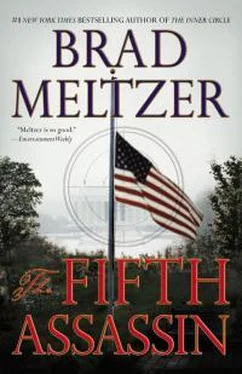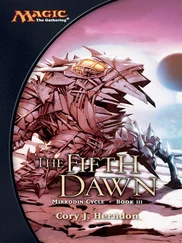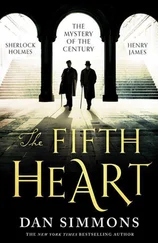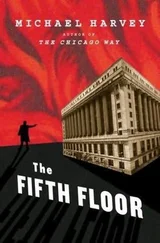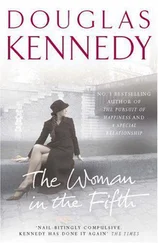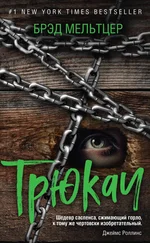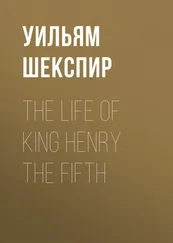“Where’d you find that?” Rupert challenged.
“Right here. It was sitting on top of the wardrobe,” Dr. Gosling replied, his King Kong tie swaying just slightly.
“I-I must’ve missed it,” Rupert apologized.
“I didn’t see it up there either,” Nico blurted as Rupert looked over at the top of the wardrobe. As Rupert knew, Nico never missed anything.
“Maybe now you can take him down to TLC,” Dr. Gosling said, referring to the therapy center downstairs.
“Yeah… that’s what I was thinking,” Rupert said, motioning Nico out into the hallway.
Following a few steps behind the oversized nurse, Nico was already flipping through the pages of the leather-bound book with gold writing on the cover. It was an old book, a novel called Looking Backward . He stopped on page 122, where his bookmark was.
“C’mon, Nico, they’re waiting for you,” Rupert called out.
Nico stayed silent, his head down. He was already lost in his book, which he cradled in his left hand. In his right, he pulled out his makeshift bookmark: a shiny new playing card.
The dead First Lady smiled as she saw it.
“I’m right behind you,” Nico said, rubbing his thumb against the ten of spades and knowing that after the spades came the diamonds.
22
Tell me what I’m looking at,” Tot said, staring as the browser on his computer screen loaded its video image. “These security cams?”
“Traffic cams,” Immaculate Deception’s computerized voice said through Tot’s phone, which sat on the desk of his cubicle in the Archives.
Sure enough, onscreen, the video came to life. The images weren’t perfect, but they were clear—and in color—showing an intersection that Tot recognized as 16th and H Streets in downtown D.C., not far from the White House. “I’m surprised Homeland Security lets you get this close.”
“They don’t. You never get a clear shot of the White House. But one block from it , the Department of Transportation runs feeds over the Internet so commuters can avoid the traffic snares that come with motorcades and other delays.”
“God bless America.”
“No. God bless paranoid people,” Mac said. “See the site you’re on?”
“ EyesOnWhiteHouse.com?” Tot asked, reading the URL.
“After 9/11, everyone wanted to know who was walking the streets near the White House. So one site started recording all the traffic feeds, cataloging and stocking the footage so you can view it whenever you want—like your very own DVR. This shot is from 9 p.m. last night.”
In the left corner of the screen, Tot saw a clear shot of St. John’s Church.
The still image refreshed every three seconds, like he was watching bad stop-motion animation. Cars appeared, frozen—then… blink … they were ten feet ahead and then… blink … they were gone.
Leaning in, Tot put on his reading glasses and studied the front steps of the church, waiting to see the killer.
“If you’re waiting for the killer to enter, he doesn’t,” Mac said. “Police report said he entered from the back. But here’s where the fuss is…”
Tot’s cursor, controlled remotely by Mac, clicked a button, and the video fast-forwarded to 9:30 p.m., then 10 p.m. There were still cars on the streets, but not many people.
Until 10:19 p.m.
Onscreen, a man’s shadow entered first, and then… blink … there he was: on the steps, leaving the church. Like a ghost. The church’s tall columns obstructed the view, so Tot could only see him from the waist down.
He had a glove on his left hand, and his other hand was stuffed into his coat pocket. Taking a step down and coming more into frame, he looked left… blink … then right, like he was worried he was being watched.
Blink.
He was down on the second-to-last step, by the curb. But as the light hit his face…
Blink.
Tot’s eyes went wide.
“You seeing that?” Mac asked, freezing it right there.
Tot didn’t answer. He stared at the screen—at the killer. There he was.
On his face was a white plaster mask.
Leaning toward the screen, Tot squinted. Even on a webcam, even under the bad light, even though he couldn’t see much else… some faces are unmistakable.
No question, it was Abraham Lincoln.
23
Marshall keeps his hand on my shoulder and follows behind me as we enter his apartment. He’s unnervingly calm, as if he’s been expecting me for weeks.
In the living room is a dark gray starter sofa from IKEA with matching gray IKEA chairs. It’s the same with his glass-and-metal coffee table, which match his glass-and-metal end tables, which match his glass-and-metal entertainment center. Everything’s from a set—and not the expensive set either, which makes me wonder if he’s on a government salary like me.
But as I scan the room, what really stands out is just how little this so-called living room looks lived in. The chairs are untouched. The sofa doesn’t have a crease in it. On the tables, there’re no books, or framed pictures, or any of the other knickknacks that are proof of life. I feel like I’m in a play, and this is the furniture for the “living room scene.” Or even worse. I look around.
Please tell me this isn’t a safehouse.
I think about the safehouse I was in a few months ago—used by the government to hide diplomats, witnesses… or even for a private conversation with the President of the United States.
I look around again. Except for a neat stack of mail on a nearby desk, and a bowl of blueberries on the kitchen island, the only personal touch in this whole place is on the long wall behind the sofa. A simple white frame holds an elegant… at first I thought it was a photo… but it’s a canvas. A painted canvas slightly bigger than an iPad. I walk closer to see it.
It’s a painting of a woman, though her features are blurred. Her eyes aren’t really there. Her mouth either. And as she enters this soothing, turquoise body of water, her legs… her arms… her whole body seems to dissipate, spreading outward from her waist as if she’s becoming part of the water.
“Nice painting,” I tell Marshall to break the silence.
“Flea market,” he says, blowing past me and beelining toward his bedroom. “I need to use the restroom,” he adds, thinking I don’t notice that as he cuts through his bedroom, he’s still wearing gloves.
He zigzags quickly around his bed, crossing into the bathroom. I pretend to keep staring at the painting, but I can see him back there. He takes his gloves off. And throws them… did he just throw them in the trash?
As he closes the door to the bathroom, I look back at the painting. I work with enough priceless documents to know archive-quality matting when I see it.
Reading the signature at the bottom— Nuelo Blanca —I type it quickly into my phone, adding the words painting for sale . The first hit that comes up is a gallery in Los Angeles. For a painting called WaterFall 5 . Price tag? $22,000.
Okay, Marshall—an artist that sells for 22K? This item clearly isn’t from a flea market.
“You got a call?” his throaty voice asks.
I jump, spinning at the sound. Marshall’s standing right behind me.
He motions down at my phone, which is still in my hand. “You got a call?” he repeats with a verbal shove.
“Just checking messages,” I say, staying where I am.
His eyes narrow. “Most people can’t get cell phone reception here,” he says.
I look down at the phone Tot gave me two weeks ago. Souped up by Immaculate Deception. Built just for the Culper Ring.
“It’s a good phone,” I say, verbal shoving him right back.
Читать дальше
